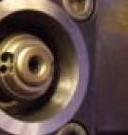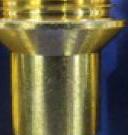A Deeper Look at Aqueous Cleaning Techniques
A few months ago we talked about the different kinds of parts washing techniques that are available, and when they should be used. Aside from basic manual washing, the four most common techniques that you’re likely to come across are agitated immersion, spray under immersion, spray washing and ultrasonic.
Today, we’ll take a deeper look into each one to explain how each is most effective and which may be the best option for you depending on your parts cleaning application:
Agitated Immersion:
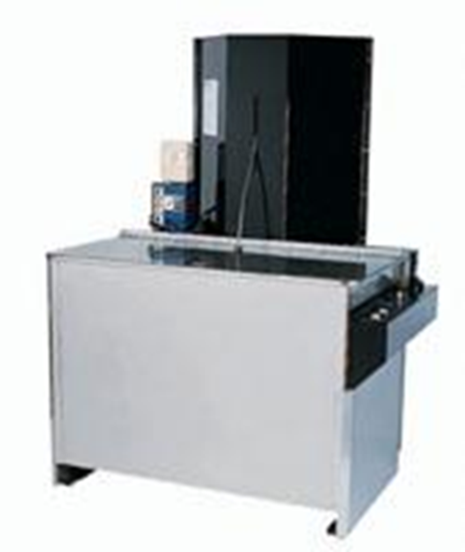 Agitated immersion is a technique that involves putting the parts on a rack in a tank or tub with a platform that moves up and down in the solution – slowly.
Agitated immersion is a technique that involves putting the parts on a rack in a tank or tub with a platform that moves up and down in the solution – slowly.
This kind of cleaning is intended to get your cleaning agent in contact with the bulk of a surface. The agitation that occurs here moves an object while relying on the chemical solvation of the cleaner to attack the soils. In its simplest form, agitated immersion cleaning works by waiting for the cleaner to get into all of that soil and break it up. Therefore, in this method, the chemicals in your cleaner will be most significant. Agitated immersion also requires the least amount of mechanical energy.
If you need to clean a lot of parts that possess channels and blind spots, this would be a good method to employ. It is also ideal for those who have a lot of time to clean parts (15 minutes to hours) or who are not dealing with stubborn soils:
If you have components like engine heads, molds or small parts in baskets, agitated immersion may be right for you. The machines are also typically less expensive since they don’t have very many moving parts.
It’s important to remember that with any form of cleaning, energy drives performance speed. So, if you need a faster cleaning time, this may not be the best method to use.
Spray Under Immersion:
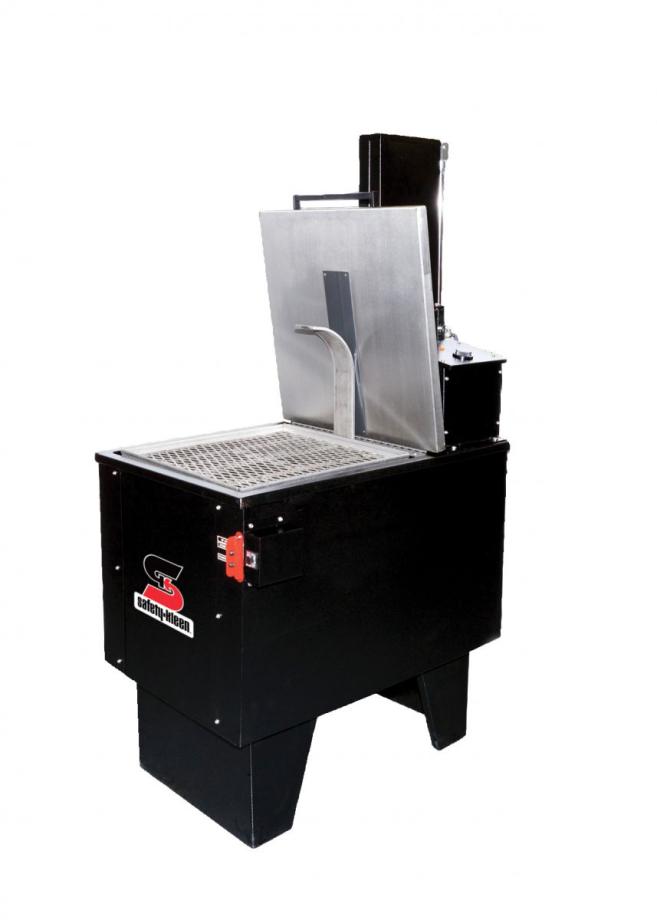 Spray under immersion is a cleaning technique similar to agitated immersion. The only difference here is that it involves the use of a pump that mixes-up the bath --think: a super-cleaning Jacuzzi for your parts.
Spray under immersion is a cleaning technique similar to agitated immersion. The only difference here is that it involves the use of a pump that mixes-up the bath --think: a super-cleaning Jacuzzi for your parts.
This additional mechanical energy makes it the more favorable option when compared to agitated immersion because it’s more efficient with removing soils. Not only do we have the added energy from the pump to attack the soils, but this technique also employs the principal of diffusion. Diffusion refers to the movement of particles from higher to lower concentrations, so when we apply this idea to cleaning techniques, we’re left with the reality that the cleaner itself becomes more concentrated with dirt as it cleans. However, when using the spray under immersion technique, those dirt molecules get pulled off of the parts and moved away as a result of the jet action occurring inside the washer.
This is in fact what speeds up that cleaning process. With the added cost of the pump, these systems can be more expensive than traditional agitated immersion washers, but the time needed to clean parts can be reduced dramatically.
Spray Washing:
.jpg) Then there’s spray washing, which is comparable to an industrial dishwasher. This parts washing technique employs high pressure sprayers positioned around an internal wash chamber and provides high amounts of mechanical energy to push soils. This technique can provide operators with a much faster clean-time, but it’s critical for users to choose cleaners that are formulated for high pressure spray with sufficient defoaming properties. The only real disadvantage to using this method is when trying to clean parts that include hidden grooves and curves or where internal surfaces require cleaning, as it will not prove effective. If you’re using this technique for cleaning tubes, you may run into issues with getting the inner areas cleaned. One solution to address this would be to add a fixture to the inside of your machine that would hold the part in place and allow the sprayers to access precise areas to ensure the spray is focused where you need it.
Then there’s spray washing, which is comparable to an industrial dishwasher. This parts washing technique employs high pressure sprayers positioned around an internal wash chamber and provides high amounts of mechanical energy to push soils. This technique can provide operators with a much faster clean-time, but it’s critical for users to choose cleaners that are formulated for high pressure spray with sufficient defoaming properties. The only real disadvantage to using this method is when trying to clean parts that include hidden grooves and curves or where internal surfaces require cleaning, as it will not prove effective. If you’re using this technique for cleaning tubes, you may run into issues with getting the inner areas cleaned. One solution to address this would be to add a fixture to the inside of your machine that would hold the part in place and allow the sprayers to access precise areas to ensure the spray is focused where you need it.
So if you’re primarily cleaning exterior surfaces on flat, smooth or less intricate parts and have soils that require less contact time, a spray washer may be the ideal candidate for you.
Ultrasonic Cleaning:
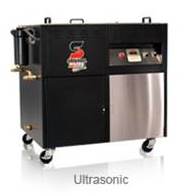 Now, let’s talk about the most powerful and energetically active cleaning method – ultrasonic cleaning. This involves putting your parts in an immersion style washer where ultrasonic waves push and pull on the cleaner to create tiny bubbles. When the washer rearranges from a push-to-pull motion, it creates microscopic implosions in the cleaner which create large amounts of energy to help clean the parts. This method is fantastic for breaking up soils in blind spots and effective at shaking soils off of the surface. Ultrasonic cleaning does not require a lot of fluid flow by design because it would disrupt the sound waves inside of the bath – which need to be accurate to remain effective.
Now, let’s talk about the most powerful and energetically active cleaning method – ultrasonic cleaning. This involves putting your parts in an immersion style washer where ultrasonic waves push and pull on the cleaner to create tiny bubbles. When the washer rearranges from a push-to-pull motion, it creates microscopic implosions in the cleaner which create large amounts of energy to help clean the parts. This method is fantastic for breaking up soils in blind spots and effective at shaking soils off of the surface. Ultrasonic cleaning does not require a lot of fluid flow by design because it would disrupt the sound waves inside of the bath – which need to be accurate to remain effective.
Ultrasonic cleaning is the method of choice for users who require a high level of cleanliness such as those found in the medical, aerospace, or automotive industries, and these systems can be more expensive when compared to the other cleaning techniques available. The one drawback to using ultrasonics is when cleaning aluminum parts. Aluminum is a material that is soft enough to be scarred by the ultrasonic waves produced here. However, if preserving the substrate isn’t critical to your process, ultrasonics can be used effectively for cleaning aluminum parts as well.
- Log in to post comments

